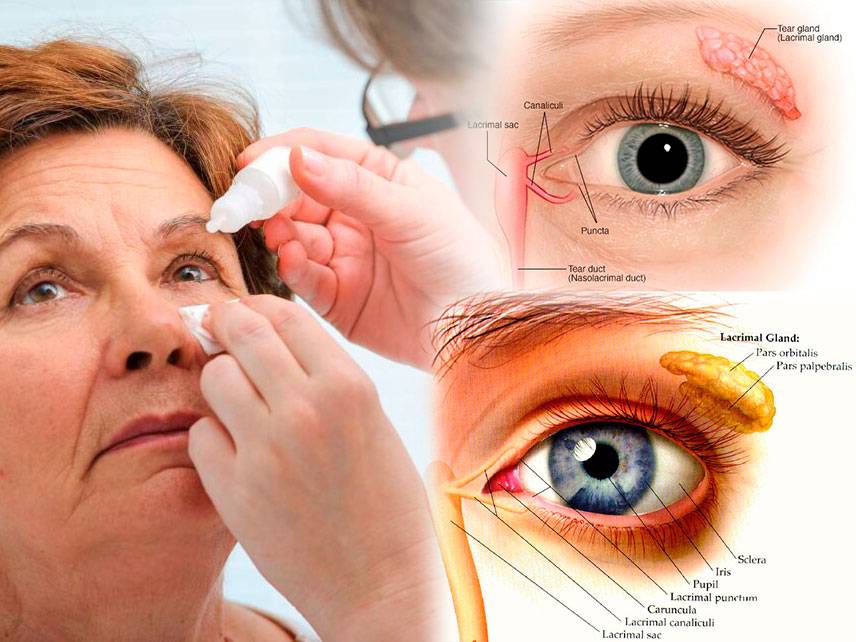Dry eye syndrome, also known as keratoconjunctivitis sicca, is a common eye disorder that affects the eyes’ ability to produce tears. Without enough tears, your eyes can become dry, itchy, and uncomfortable. It can also lead to vision problems, eye infections, and even permanent damage to the cornea.
Signs and Symptoms
The most common signs and symptoms of dry eye syndrome include:
-
A stinging, burning, or scratchy sensation in your eyes
-
Sensitivity to light
-
Redness of the eyes
-
Blurred vision
-
Excessive tearing
-
Stringy mucus in or around the eyes
Causes
The cause of dry eye syndrome is not fully understood, but it is believed to be caused by a combination of factors, including the body’s decreased ability to produce tears, a lack of tear production, or an imbalance in the composition of the tears. Dry eye syndrome can also be caused by certain medications, medical conditions, and environmental factors, such as wind, dust, smoke, and dry air.
Risk Factors
Certain factors can increase your risk of developing dry eye syndrome, including:
-
Age – as we get older, our tear production decreases
-
Gender – women are more likely to develop dry eye syndrome than men
-
Certain medical conditions, such as thyroid disease, rheumatoid arthritis, diabetes, and Sjogren’s syndrome
-
Certain medications, such as antihistamines and decongestants
-
Extended use of a computer or other digital device
Prevention
There are several steps you can take to reduce your risk of developing dry eye syndrome, including:
-
Wearing sunglasses to protect your eyes from wind, dust, and other environmental irritants
-
Using a humidifier in your home and office to help keep the air moist
-
Taking regular breaks from using digital devices
-
Limiting your caffeine intake
-
Eating a healthy diet and drinking plenty of water
-
Avoiding smoke and other air pollutants
Diagnosis
Your doctor can diagnose dry eye syndrome based on a physical exam and your medical history. Your doctor may also use a special test called a Schirmer tear test to measure your tear production.
Treatment
Treatment for dry eye syndrome will depend on the severity of your symptoms and the underlying cause. Your doctor may recommend over-the-counter eye drops or ointments to help lubricate your eyes and reduce discomfort. In more severe cases, your doctor may prescribe medicated eye drops or steroids.
Coping and Support
Living with dry eye syndrome can be difficult. To help cope with the condition, it is important to make lifestyle changes, such as wearing sunglasses and taking regular breaks from using digital devices. It is also important to talk to your doctor about any medications or treatments that may be available to help relieve your symptoms.
Complications
If left untreated, dry eye syndrome can lead to complications, such as corneal ulcers, scarring, and vision loss.
Living with Dry Eye Syndrome
Living with dry eye syndrome can be difficult, but there are steps you can take to reduce your symptoms and improve your quality of life. It is important to talk to your doctor about the best treatment options for your condition, and to make lifestyle changes, such as wearing sunglasses and taking regular breaks from using digital devices. With the right treatment and lifestyle changes, it is possible to manage dry eye syndrome and live a comfortable life.





